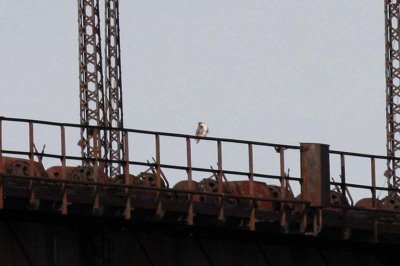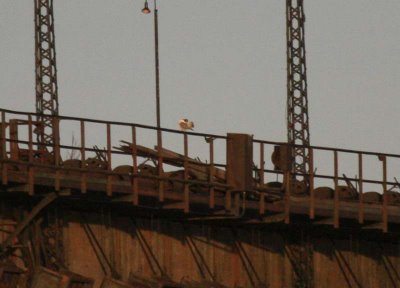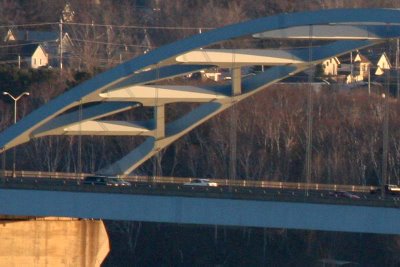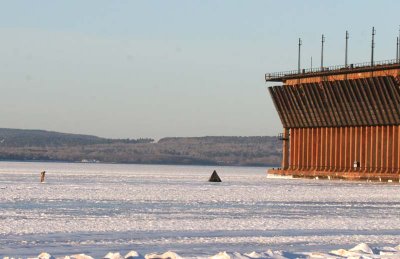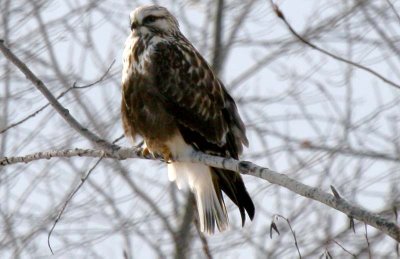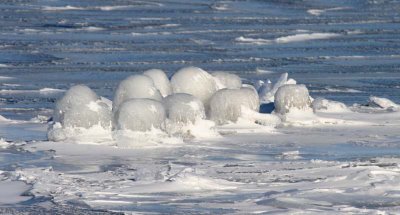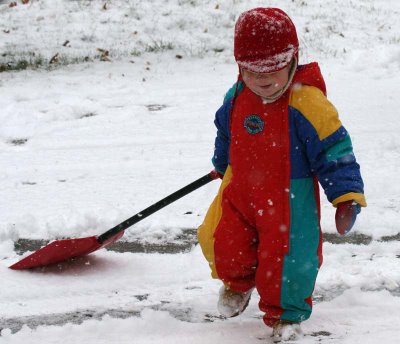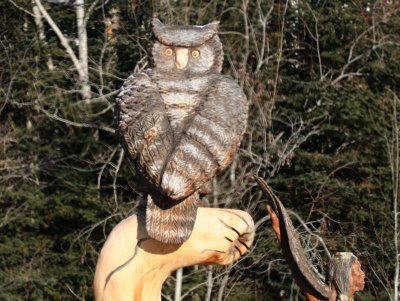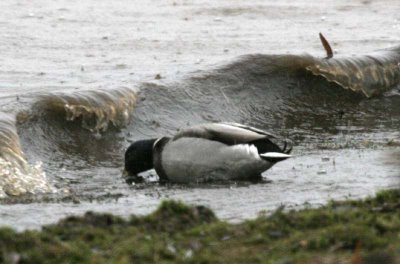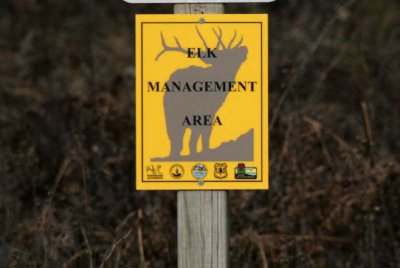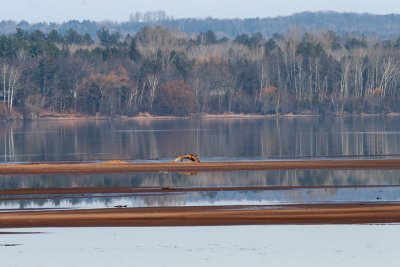

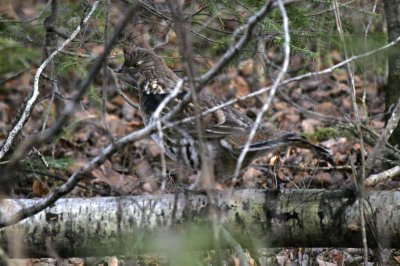


Conventional wisdom around here has it that the Ruffed Grouse (Partridge) are on a seven year population cycle. Every seven years the populations peak and then gradually decline until it then recycles in about seven years hence.
This cyclic high does seem to occur. I'm not sure if the scientific data supports my personal observations but I know that I haven't seen many birds over the last few years until this year. In the last two days I've seen and photographed five different birds.
Now it has occurred to me that when the populations are high more hunters are encouraged to kick the brush and harvest birds (or at least try). This in itself might explain the decline side of the cycle. More birds harvested.
In the down years a typical conversation on a city street in the fall might go like this. Seeing birds? Nope! Been out? Nope! Going? Nope! Me neither! This might in fact explain the upside of the cycle. More birds surviving to propagate.
In any case. It seems like an up year and my "shooting" will not contribute to the decline.
The only problem is Partridge are great eating. Oh well as Skip would say I never hit anything I was shooting at anyway.









